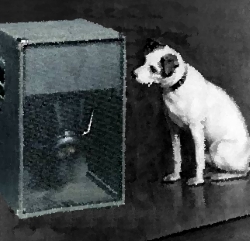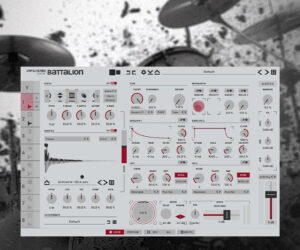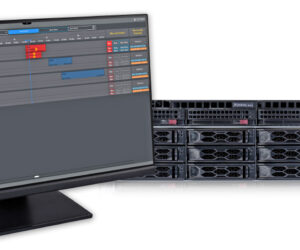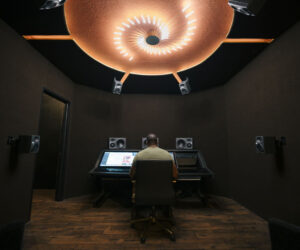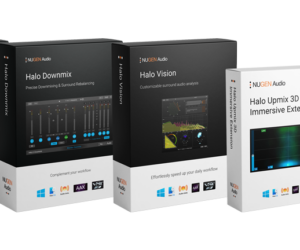One of the great things about the pro audio is that one has the ability to change one’s position on a particular topic. This is a fun one for me as I have argued on both sides of the issue at various points in my career.
I suspect that the position I currently take might change again someday. Or not. One never knows.
Full Range Fed
Before we get into the pros and cons of aux fed subs, I should define what we’re talking about. There are primarily two ways to route audio to subs.
The first is to send a full-range mono or stereo signal to some kind of a crossover which splits the signal into appropriate bands. This can happen in a number of different ways. In most modern PA systems, a DSP will split the signal to the subs, full-range mains and possibly fills and delays. Usually, the crossover from low to high frequencies in the full-range mains happens inside the speaker box itself.
There are other ways to do that, but for now, we’ll concern ourselves with two bands—sub range, which is typically 40-100 Hz, give or take a little bit, and everything above 100 Hz. And yes I know, sometimes subs go lower than 40 and above 100. We’re taking concept here.
In this concept, the engineer simply mixes a full-range signal and sends it all to the DSP for splitting up amongst the appropriate drivers. The person who tunes the PA is the one who decides how loud the subs will be relative to the mains, and what the crossover frequency is. Once those parameters are set, the system acts as a cohesive whole and aside from making mixing and board-level EQ adjustments, the system is what it is.
In a non aux-fed system, every channel is set up to send signal to all the speakers—subs and mains. The only things that determines how much of the channel goes to the sub are the high-pass filter and the amount of low frequency content.
Aux Fed
The other way to handle the frequency division is to send two (or three in the case of stereo) signals to the DSP. The main would be a mono or stereo signal that will feed the main speakers as in our previous example. The additional signal is typically derived from an aux send and drives the subs.
In this case, for a channel to show up in the subs, the engineer has to dial up the level in the appropriate aux on that channel. The engineer has to make a conscious decision to add something (or subtract it) from the subs. I’m not sure when the idea for this came about, but it’s an interesting concept. By controlling very tightly what goes to the subs, the net result should be cleaner low end. And of course, if the show is really bumping and you want some more, just push that aux master up and get you some more bass! Rock.
Gotcha
The famed economist Thomas Sowell once said, “There are no idea solutions, only trade offs.” That is equally true in live audio. While it might seem that aux fed subs are the bee’s knees because you can very discretely control exactly what goes into them, there are some hidden gotchas.
Before I go too far, it’s occurred to me that there are variations on this theme including a matrix fed sub and group fed subs. I’ll circle back to those later. For now, we’re going to talk about a true aux fed sub situation, where the only way a signal gets into the subs is when you turn up the aux for that channel and send it there.


